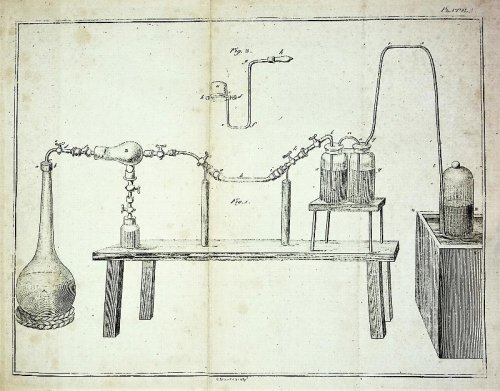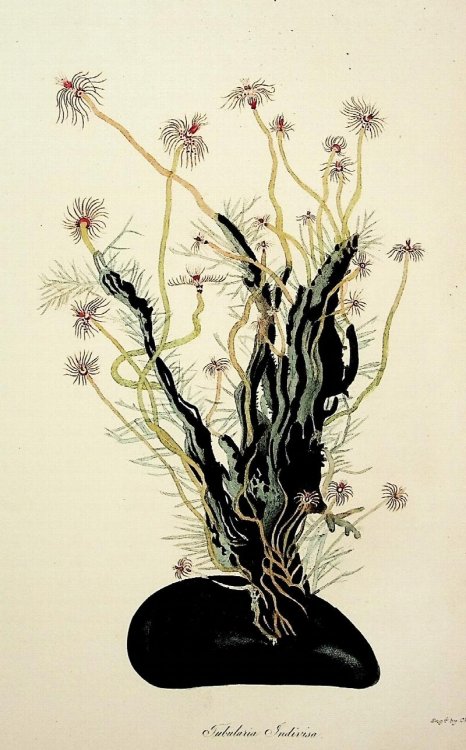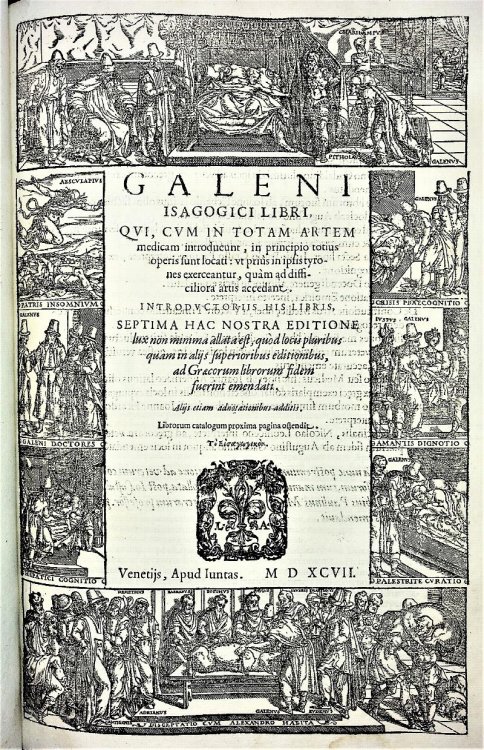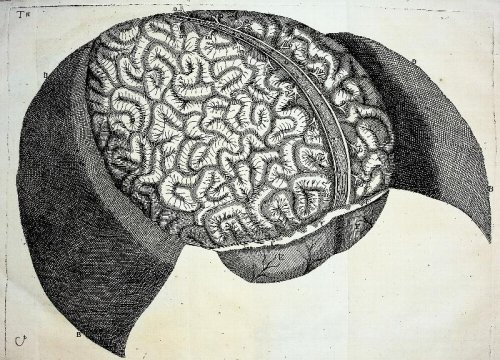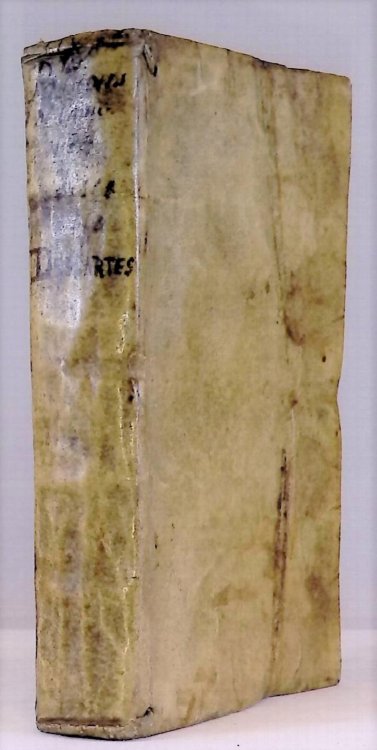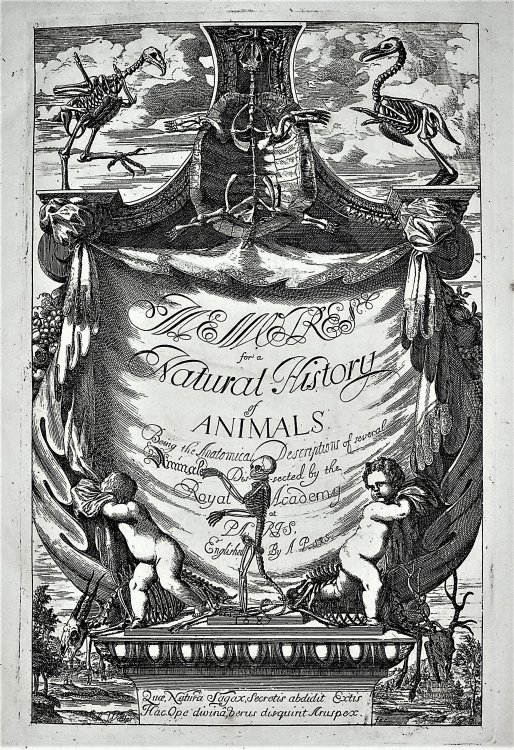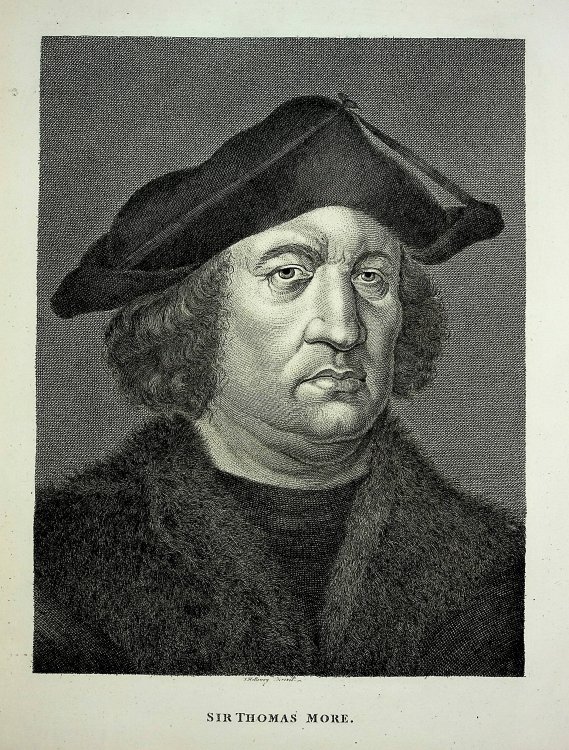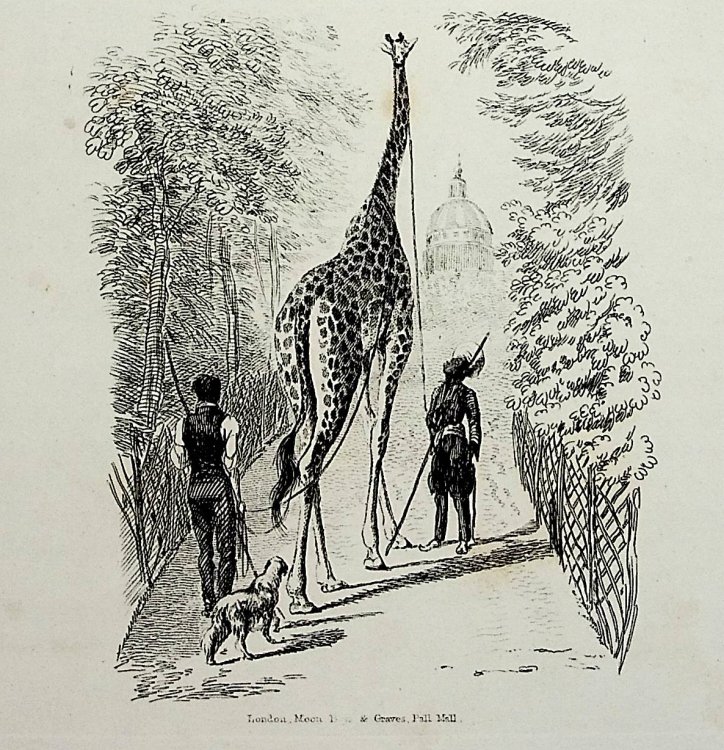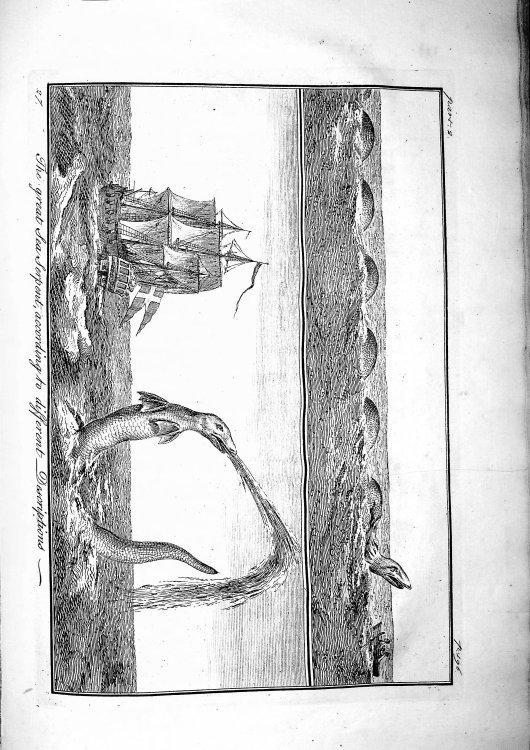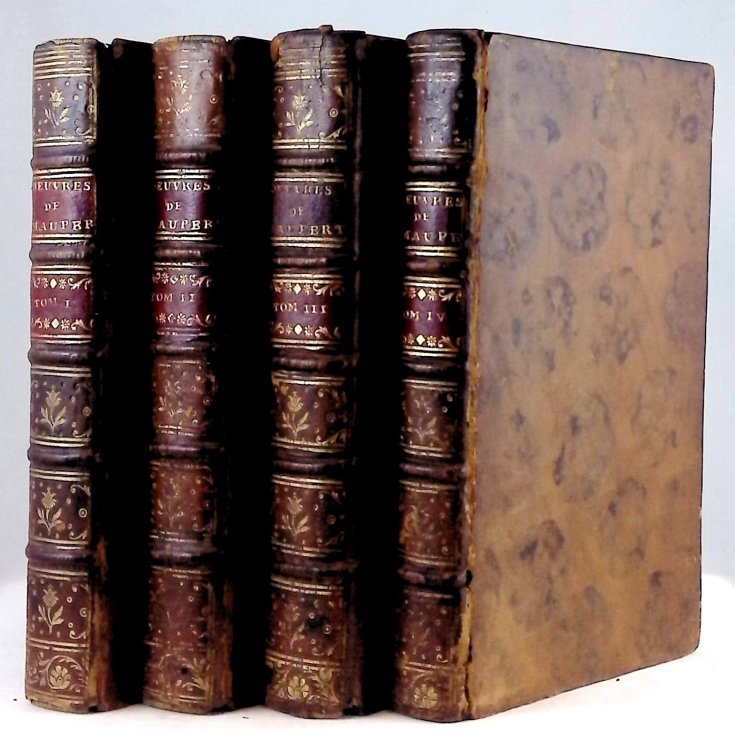
Oeuvres de Maupertuis, Nouvelle Edition corrigee & augmentee
$500.00 USD • Used
COLLECTED WORKS OF "ONE OF THE GREATEST LUMINARIES OF 18TH CENTURY SCIENCE".
Four hardcover volumes 7 3/4 inches tall, full leather binding, spines with raised bands, gilt red leater lab...
COLLECTED WORKS OF "ONE OF THE GREATEST LUMINARIES OF 18TH CENTURY SCIENCE".
Four hardcover volumes 7 3/4 inches tall, full leather binding, spines with raised bands, gilt red leater labels, marbled edges and endpapers, title pages printed in red and black. Vol. I, [2], frontispiece engraved portrait of Maupertuis, xxxvi, 309, [3] pp.: Vol. II, [4], iv, 431, [6] pp. Vol. III, 1 blank: iv, 468, [4] pp, engraved map of the Arctic Circle.: Vol. IV, [4], viii, 346, [4] pp. 1 blank, woodcut text diagrams throughout. Hinges rubbed but sound, corners worn, occasional light foxing and browning, very good. A handsome set of the corrected edition based on the 1756 edition (same imprint) which was the last edited by the author himself and the first to contain his mathematical works which had not appeared in the earlier collected works published in Berlin (1752 and 1753). CONTENTS: Vol. I, Essai de Cosmologie, Discours sur les Differentes Figures des Astres, Essai de Philosophie Morale, Reflexions Philosophiques Sur l'Origine des Langues, & la Signification des Mots; Vol. II, Venus Physique--Premiere Partie sur l'Origine des Animaux, Seconde Partie, Varietes dans l'Espece Humaine, Systeme de la Nature, Lettres, Lettre sur le Progres des Sciences; Vol. III, Elemens de Geographie, Relation du Voyage Fait par Ordre du Roi au Cercle Polaire Pour Determiner la Figure de la Terre, Relation d'Un Voyage au Fond de la Laponie, Lettre sur la Comete qui Paroissoit en 1742, Discours Acadmiques, Dissertation sur les Differens Moyens Dont les Hommes se Sont Servis Pour Exprimer Leurs Idees; Vol. IV, Accord de Differentes Lois de la Nature, Recherche des Lois du Mouvement, Loi du Repos, Astronomie Nautique ou Elemens d'Astronomie, Discours sur la Parallaxe de la Lune, Operations Pour Determiner la Figure de la Terre & les Variations de la Pesanteur, Mesure du Degre du Meridien au Cercle Polaire. [Vol. I: Essay on cosmology. Discourse on the different figures of the stars. Essay on moral philosophy. Philosophical reflections on the origin of languages and the significance of words; Vol. II: Physical Venus: 1. On the origin of animals; 2. Varieties of the human species. System of nature. Letters. Letter on the progress of science; Vol. III: Elements of geography. Account of the trip made by order of the King to the polar circle, to determine the shape of the earth. Report of a journey to the depths of Lapland. Letter on the comet that appeared in 1742. Academic Discourses. Dissertation on the different means that men have used to express their ideas; Vol. IV: Accord of the different laws of nature. Nautical astronomy or elements of astronomy. Discourse on the parallax of the moon. Operations to determine the shape of the earth and variations in its weight. Measure of the degree of the meridian of the polar circle.]
PIERRE LOUIS MOREAU de MAUPERTUIS (1698 1759) was a French mathematician, philosopher and scientist. He became the Director of the Acadmie des Sciences, and the first President of the Prussian Academy of Science, at the invitation of Frederick the Great. Maupertuis made an expedition to Lapland to determine the shape of the Earth. He is often credited with having invented the principle of least action; a version is known as Maupertuis's principle an integral equation that determines the path followed by a physical system. His work in natural history is interesting in relation to modern science, since he touched on aspects of heredity and the struggle for life. Maupertuis predicted that the Earth should be oblate, while his rival Jacques Cassini measured it astronomically to be prolate. In 1736 Maupertuis acted as chief of the French Geodesic Mission sent by King Louis XV to Lapland to measure the length of a degree of arc of the meridian. His results, which he published in a book detailing his procedures, essentially settled the controversy in his favor. Included also is an adventure narrative of the expedition, and an account of the Kymjrvi Inscriptions in Sweden. On his return home he became a member of almost all the scientific societies of Europe. After the Lapland expedition, Maupertuis set about generalising his earlier mathematical work, proposing the principle of least action as a metaphysical principle that underlies all the laws of mechanics. He also expanded into the biological realm, anonymously publishing a book that was part popular science, part philosophy, and part erotica: Vnus physique. In that work, Maupertuis proposed a theory of generation (i.e., reproduction) in which organic matter possessed a self-organizing "intelligence" that was analogous to the contemporary chemical concept of affinities, which was widely read and commented upon favourably by Georges-Louis Leclerc, Comte de Buffon. He later developed his views on living things further in a more formal pseudonymous work that explored heredity, collecting evidence that confirmed the contributions of both sexes and treated variations as statistical phenomena. Some historians of science point to his work in biology as a significant precursor to the development of evolutionary theory, specifically the theory of natural selection. Maupertuis espoused a theory of pangenesis, postulating particles from both mother and father as responsible for the characters of the child. His studies on heredity led him to promote the natural origin of human races, and the idea that forms of life may have changed with time. His account of life involved spontaneous generation of new kinds of animals and plants, together with massive elimination of deficient forms. These ideas avoid the need for a Creator, but are not part of modern thinking on evolution. The date of these speculations, 1745, is concurrent with Carl Linnaeus's own work, and so predates any firm notion of species. Also, the work on genealogy, coupled with the tracing of phenotypic characters through lineages, foreshadows later work done in genetics. Bentley Glass concluded that Maupertuis was "one of the greatest luminaries of eighteenth century science."--Maupertuis, pioneer of genetics and evolution, in Glass et al, Forerunners of Darwin, 1745-1859. Baltimore: Johns Hopkins Press. pp. 5183.
Product Info
Publisher: Jean-Marie Bruyset
Year: 1768
Type: Used
Binding: Softcover
Seller Info
BiomedRareBooksLLCABAAILABIOBA
Address: P.O. Box 193 North Garden, Virginia
Website: https://www.biomedrarebooks.com
Country: United States
